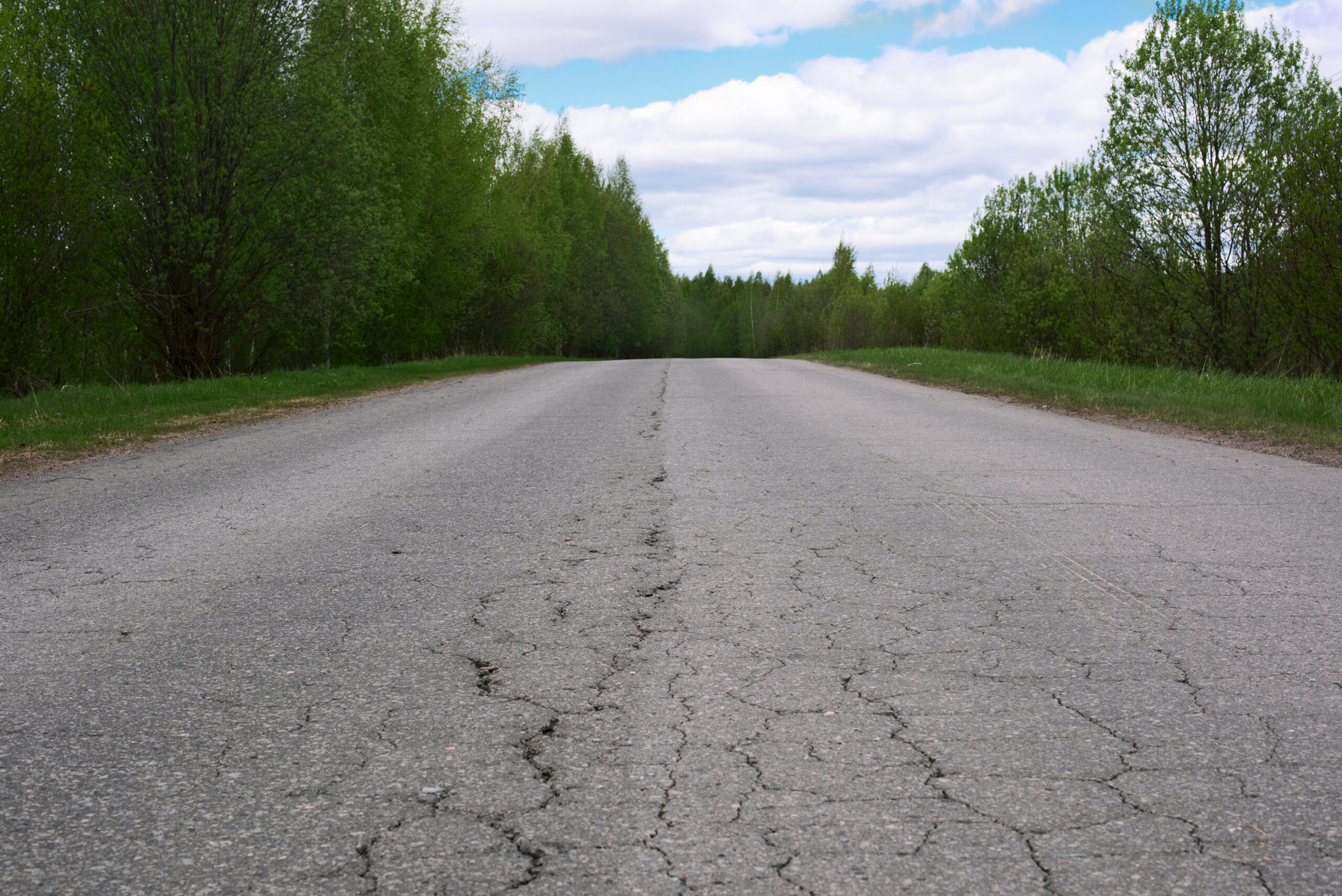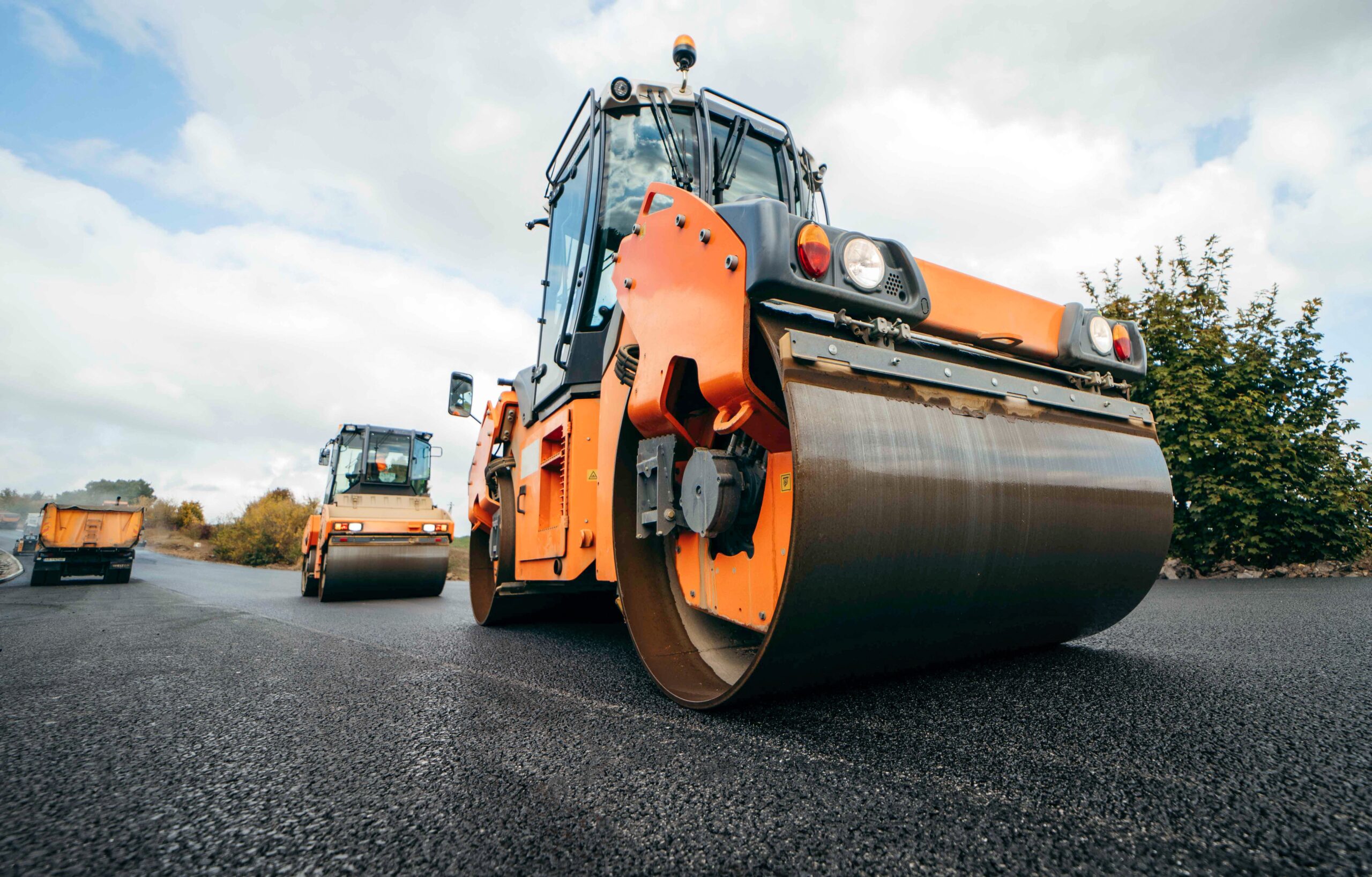
Why Timely Crack Sealing Saves Thousands for Colorado Springs Businesses
November 22, 2025
Maintaining commercial asphalt surfaces in Colorado Springs is more than routine upkeep. It is a strategic investment that impacts safety, curb appeal, and long-term costs. Harsh winter freeze-thaw cycles, heavy snow, and constant traffic can turn even small cracks into major problems. Left untreated, these fissures allow water to seep in, leading to potholes, structural
Read
New Asphalt Construction: A Comprehensive Guide
September 6, 2025
Asphalt construction is the process of building paved surfaces, such as roads, parking lots, driveways, airport runways, and pathways, using asphalt, which is a mixture of aggregates (like crushed stone, sand, or gravel) bound together with bitumen (a sticky, petroleum-based material). Constructing new asphalt surfaces from scratch is the cornerstone of building strong and reliable
Read
Asphalt Repair: Key Considerations Before Starting
September 6, 2025
Asphalt repair encompasses targeted techniques, such as crack filling, patching, seal coating, or resurfacing, designed to address damage or wear on asphalt surfaces without resorting to full reconstruction. These repairs are vital for preserving pavement integrity, extending its usable life, and preventing minor defects from escalating into costly replacements. According to industry estimates, the cost
Read
Mill and Pave Asphalt: Key Considerations Before Starting
September 6, 2025
The process of milling and paving asphalt is known as cold milling, followed by overlay. It involves removing the top-worn layer of pavement and applying fresh asphalt. It’s a highly effective method for restoring deteriorated surfaces, improving ride quality, correcting grades and slopes, and recycling reclaimed pavement (RAP). A Federal Highway Administration (FHWA) study found
Read